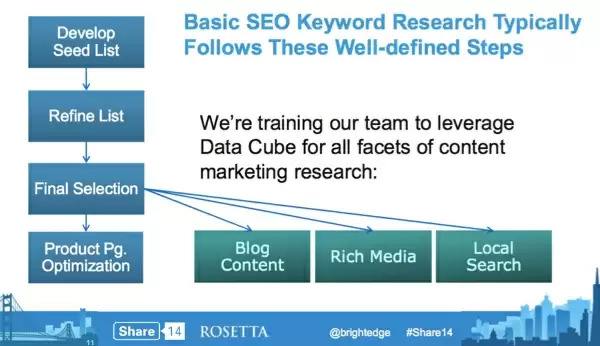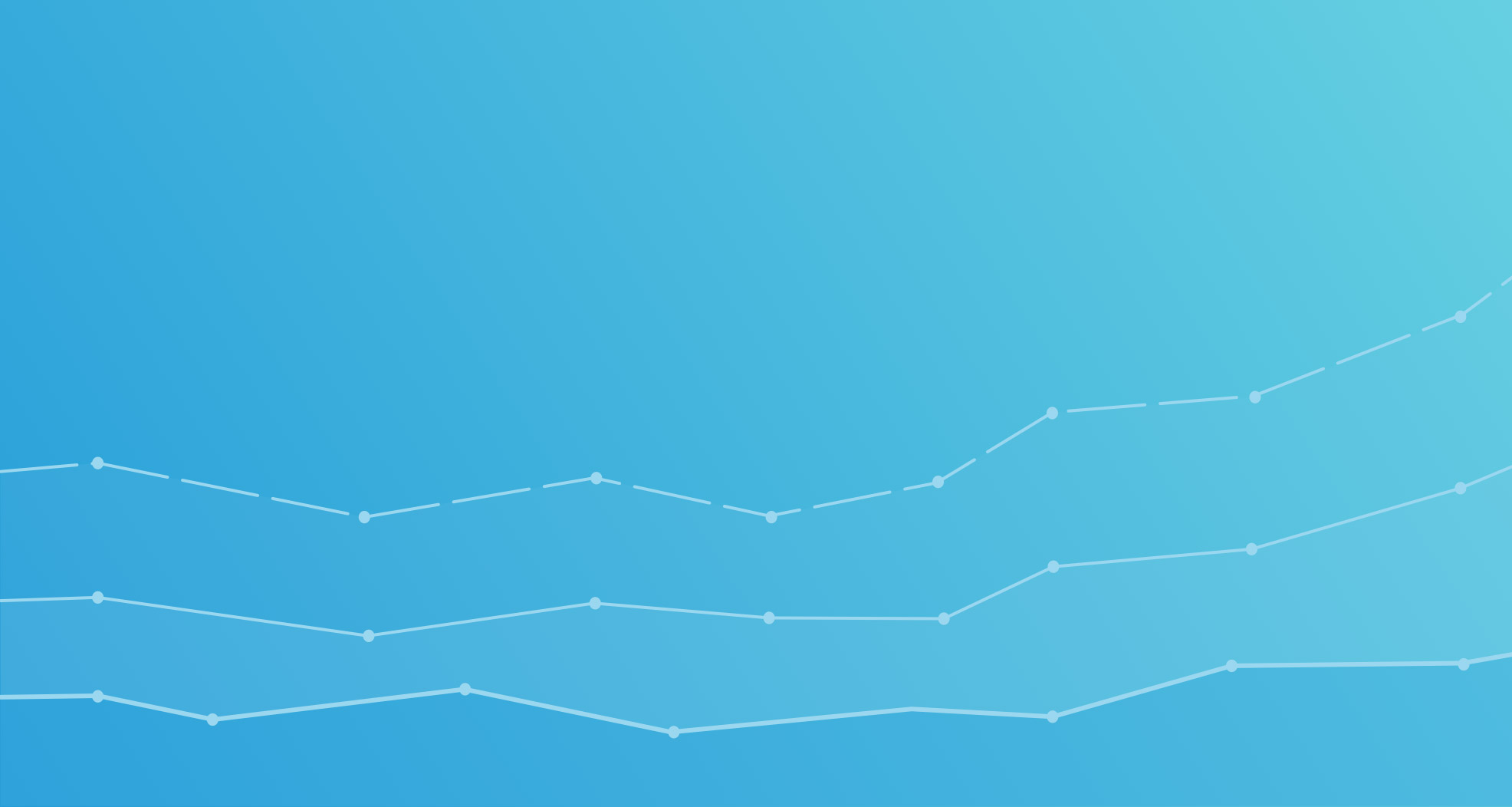By now most marketers know that content marketing is a huge key to SEO and marketing success, but not everyone gets everything they can out of their content. A good piece of content can go far, but a good piece of optimized content will always go further. This is because optimized content will help content get shared more, linked more, ranked higher, and will indirectly bring more traffic. For these reasons it's beneficial to talk about how optimizing content and using tools like long-tailed keyword research, internal linking and open graph markup is key to making your content really work for you.
Keyword research
First we'll talk about keyword research—not so much how to do it, but why. Marketers know that keyword research is helpful for PPC and SEO efforts, but why stop there? Ranking for the right keywords is integral to the success of your site, partly by not only getting visitors to your site, but by getting the right kind of visitors. Digital marketers can and should apply their keyword research toward content marketing. A lot of the time, marketers spend a lot of time dreaming up the perfect piece of content and then try to incorporate keywords.
To be more effective and use your content to its potential, this strategizing should really be done the other way around. Research long-tailed keywords first and incorporate them from the beginning of the process so that your content is shaped around the keywords you need to use. Deciding on which long-tailed keywords to use before producing the content helps to ensure that the content gets seen by the right audience. Doing keyword research early on also lets you know where to internally link the copy of the content.

Internal linking
Internal linking is not only beneficial because it helps Google figure out your website, but it helps users discover more content on your site. Users will find what initially brought them to the site but also other related content. As your content gets more and more interactions and earned links, it will build up authority for the keywords you initially researched. But to get even more benefits out of your content—and to pass authority on to other pages on your site—make sure to internally link to other pieces of content. If you have the ability to take your piece of content and do internal linking to your landing pages or to other blog posts (and do it naturally), take advantage of that. Use caution when doing this, though, and keep the user in mind; if an internal link is or even just looks unnatural, it may hurt rather than help in the long run.
Ultimately, responsible internal linking is helpful for building the structure of your site and for spreading link juice, but it is also helpful in increasing rankings and making your content more easily discovered. However, to get your initial piece of content seen by more people (and those more qualified), it needs to be optimized. This is where open graph markup comes into play.
Open graph markup
Open graph markup is the part of code found in the HTML <head> tag that tells social media what pieces to pull out onto the webpage when shared. It's likely that you've seen, for example, an infographic on Facebook or other social media platform that pulls the entire infographic rather than just the title section. And you've probably also seen the opposite: a link is shared and it automatically shares just a specific piece of the infographic. Open graph markup is what causes this difference. Of course, adding open graph tags to your website won't directly affect your on-page SEO.
These tags are mostly useful to increase performance of your links on social media, including increasing social shares and interactions. And again, it's true that social media doesn't have a huge direct influence on SEO, but the more times a post on social media is shared, the more likely it is that it will be seen by the right person—the person that will convert. Using open graph markup is the key to getting your content shared and even linked to other influencers. This is what will have lasting impacts on the SEO of your site. It's fairly transparent how these three tools for better content optimization work together to help and support the others, and all contribute to SEO. By effectively optimizing content from the ideation through the publishing of the content, you will earn more links, rank higher for the keywords you want and earn more and higher quality traffic, thereby effectively contributing to your site's overall SEO.


